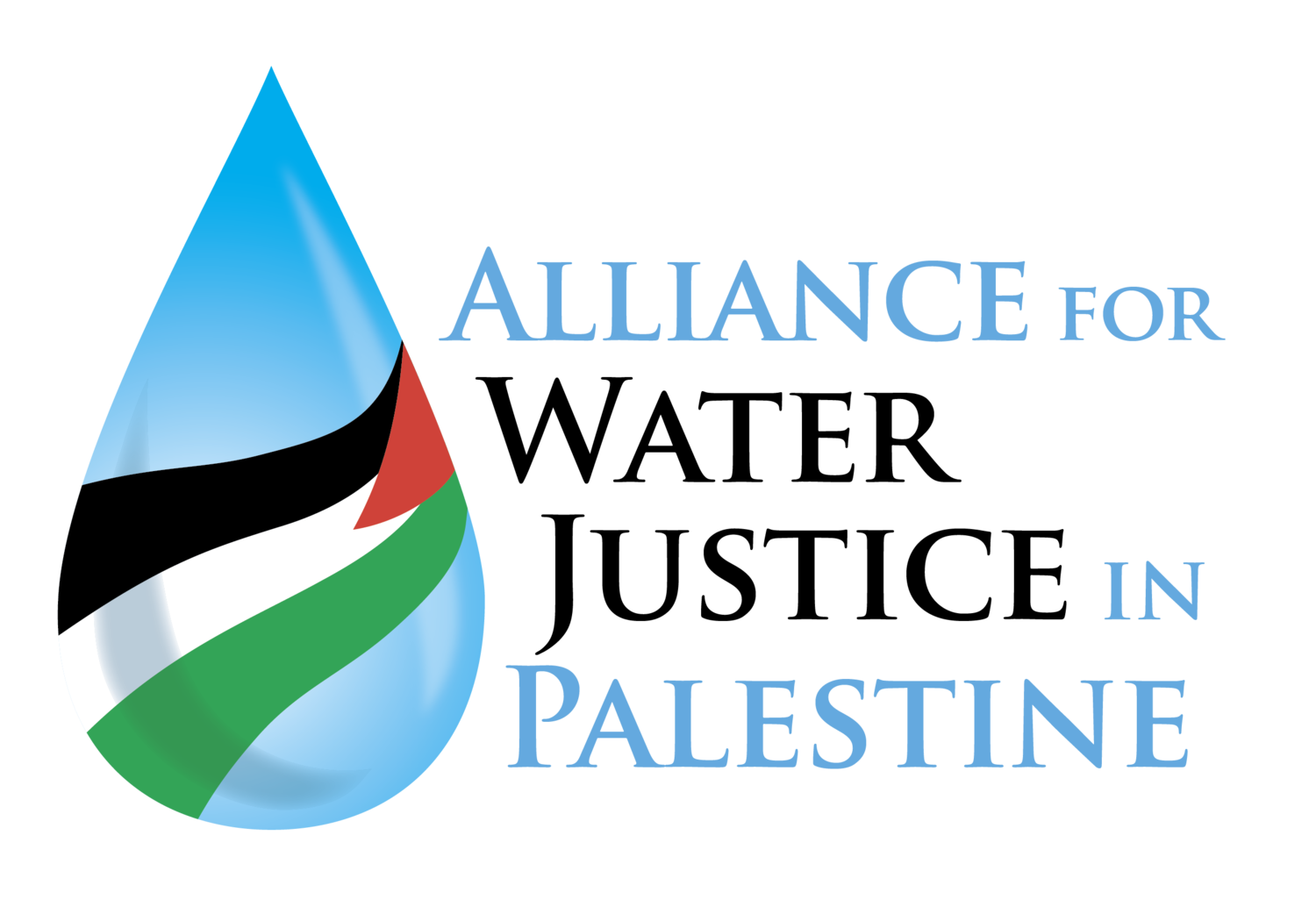Hostilities in the Gaza Strip and Israel Flash Update #48. Nov 23
A humanitarian pause to start on 24 November has been agreed between Israel and Hamas. The agreement will reportedly involve the release of some of the Israeli hostages held in Gaza and some Palestinians held in Israeli prisons.
Israeli strikes from air, land and sea reportedly intensified over the past 24 hours (as of 23 November afternoon) across most of Gaza, alongside ground battles with Palestinian armed groups in the north, Jabalia in particular. Many casualties have been reported.
As of 23 November, about 200 patients and medical staff remain at the Indonesian hospital in Beit Lahiya (North Gaza) and are awaiting evacuation. The hospital continues to be surrounded by Israeli tanks. At about 22:00 on 24 November, the hospital was hit again and sustained damage, according to the Ministry of Health (MoH) in Gaza.
Three children, including an infant in an incubator died in Kamal Odwan Hospital in Jabalia (North Gaza), on 22 November, reportedly due to the lack of electricity. The vicinity of the hospital was heavily bombarded that day, reportedly resulting in dozens of fatalities. This is one of the two hospitals north of Wadi Gaza (hereafter: the north) that are still operational and admitting patients, albeit with limited services.
Over the past 24 hours, Israeli forces killed two Palestinians in the West Bank. On 22 November, a 14-year-old child was shot and killed by Israeli forces during a search-and-arrest operation in Burin (Nablus). Another Palestinian man was killed while travelling in his vehicle on a road east of Ramallah; the circumstances remain unclear. No Israeli casualties were reported in any of these incidents.
Read the report: Hostilities in the Gaza Strip and Israel Flash Update #48
Displaced people seeking refuge in southern Gaza. With shelters being overcrowded, most displaced men and older boys are sleeping in the open, in school yards or in the streets, often next to the external walls of the shelters. Photo by WHO, 15 November 2023
Visualizing Palestine
via Visualizing Palestine:
A four-day “humanitarian pause” is currently underway. We are well aware that this pause means a slower rate of genocide of Palestinians.
Over the coming four days, Israel is only allowing between 300-400 trucks of essential supplies to enter Gaza per day, and will continue to cut off electricity and running water from Gaza. Additionally, the Israeli military continues to be stationed in the north of Gaza, and is shooting towards any Palestinians attempting to return to their homes. Earlier today, two Palestinians attempting to make their way back to their homes were killed by Israeli fire.
Four days of pause in Israeli bombing are not enough to even clear the rubble that has entrapped thousands of bodies underneath, and to begin to address the unfolding public health crisis, and the impact of Israel’s atrocities on the mental health of Palestinains in Gaza. Four days of pause are not enough when we know that Israel will resume its mass killing, mass displacement campaign against Palestinians when the pause is over. We demand a permanent ceasefire now, and an end to Israel’s siege of the Gaza Strip.
Head to this link to take action:
From VISUALIZING PALESTINE
Hostilities in the Gaza Strip and Israel | Flash Update #47
On 22 November, 190 wounded and sick people, their companions, and a number of medical teams from Shifa hospital, in Gaza city, were evacuated in an ambulance convoy to the south, in coordination with UN and humanitarian agencies. The Palestine Red Crescent Society reported that, the evacuation lasted for almost 20 hours as the convoy was obstructed and subjected to inspection while passing through the checkpoint that separates northern and southern Gaza, “hence putting the lives of the wounded and sick people in danger.” Some 250 patients and staff members are estimated to remain at Shifa, which is no longer operational.
According to the Gaza Media Office, as of 14:00 on 22 November, more than 14,500 people have been killed in Gaza, including about 6,000 children and 4,000 women. This office, which is under the local authorities in Gaza, has assumed MoH’s (Ministry of Health) role after the latter stopped updating fatality tolls.
On 22 November, the Israeli military continued calling and exerting pressure on residents of the north to leave southwards through a “corridor” along the main traffic artery, Salah Ad Deen Road, between 9:00 and 16:00. OCHA’s monitoring estimated that 250 people had moved south, the lowest volume of people documented since the “corridor” was opened. The decline is largely attributed to the expectations generated by the humanitarian pause to be implemented from 23 November.
Israeli forces have been arresting some people moving through the “corridor.” IDPs interviewed by OCHA reported that Israeli forces had established an unstaffed checkpoint where people are directed from a distance to pass through two structures, where a surveillance system is thought to be installed. IDPs are ordered to show their IDs and undergo what appears to be a facial recognition scan.
One man interviewed by OCHA reported that his wife had been detained and forced to hand over their baby to him. The monitoring team has documented a few similar cases over the past few weeks, including instances where a mother was ordered to leave her baby with strangers.
Read the full report: Hostilities in the Gaza Strip and Israel | Flash Update #47
On 22 November, 190 wounded and sick people, their companions, and medical teams from Shifa Hospital were evacuated to southern Gaza. The convoy was subjected to hours-long inspection process on the way, jeopardizing the health of the patients. Photo: A previous medical evacuation convoy on 19 November. Photo by WHO





